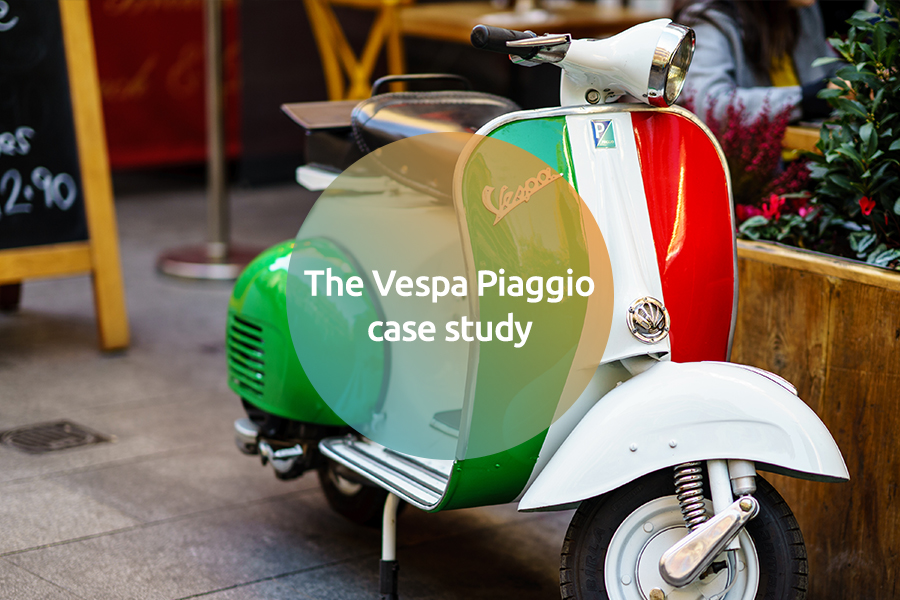The numbers of social networks are constantly growing. It is estimated that in 2023 the social platforms gathered around 4.9 billion users globally, which is approximately 60% of the world population. These figures are expected to steadily increase and cross the line of 5.85 billion users in 2027. The influencer industry had an estimated value of USD 21.1 billion in the past accounting year.
The phenomenology of influencer
That the life of influencers is not exactly as it appears in Instagram posts and TikTok videos we already suspected. We also suspected that the pictures and videos posted by influencers might be the result of some retouching.
In some cases, however, the truth outweighs the most fanciful assumptions: it is not only the photos that are fake, but also the snapped products. The latest frontier of commerce on social networks, in fact, is to use posts and stories as a means to advertise and sell real fakes of famous products and brands.
And so, today, it is no longer designer clothes that are trending, but especially cheap replicas from China (and beyond). They call them dupes, which stands for duplicate or copy, and their promoters are called dupe-influencers.
The influencer career
For ten years now, the influencer has become the most sought-after profession. Influencers holiday in resorts, dine in starred restaurants and are invited to the most exclusive events. They lead a life à la page, every day of the year. They have enviable cars, clothes and jewellery. All at no cost, in fact all paid for.
The most successful influencers are hired by fashion houses as brand and lifestyle ambassadors. Their task is not only to publicise the products and brands of the fashion houses, but also a glamorous and elitist lifestyle that is reflected in the brand. This makes the clothes they wear even more desirable in the eyes of their followers.
Thanks to their ability to draw attention to certain products and arouse public interest, influencers play a key role in creating a connection between fashion brands and consumers, influencing their purchasing decisions. Thus, an irreversible osmosis has been established between the social world and the fashion industry.
Shopping tips
The influencer market, however, is evolving rapidly, as are digital platforms. And today, the influencers of yesteryear no longer exist. In fact, with the rise of platforms, the number of people seeking access to this profession has grown exponentially. We have therefore gone from a few macro-influencers, counting millions of followers, to an army of micro- and nano-influencers, numbering a few thousand.
By necessity, not all of them receive the same consideration as the fashion houses and the consequent benefits. Therefore, some of the micro and nano influencers have found a new way to monetise their media exposure. And this is where the combination of micro and nano influencers and manufacturers of counterfeit goods comes from.
The recent studies “Dupe influencers: the concerning trend of promoting counterfeit apparel, footwear, and accessories on social media” by American Apparel & Footwear Association (AAFA) and “Social media – discussion paper” by the European Union Intellectual Property Office (EUIPO) highlight the problem of dupe influencers that test and promote counterfeit products in the same way as real influencers test and promote authentic products.
These include the famous unboxing videos, i.e. videos in which influencers show the packages they have received and open them admiring their contents. Then there are the so-called designer hauls, i.e. videos in which influencers often show off a wide range of products purchased at some one-off offer. Not to mention giveaways, in which influencers give away sponsored products to a few lucky followers.
Tutorials & Hidden links
There are more and more admirers of dupes, i.e. low-priced replicas of branded products. But where and how are these products bought? Today, dupes are bought online, sometimes in the same marketplaces where the original products are also sold. How to find and buy them is explained in detail by dupe-influencers, self-proclaimed experts in finding and buying replicas of iconic products.
As it is extensively explained in the tutorials, one of the latest trend are hidden links: while an unbranded product appears on the sales page, among the options within the window there are also hyperlinks pointing to counterfeit products, different from those actually shown on the main page.
The value of a trademark
Fashion houses invest considerable financial resources in the promotion of their trademarks and the creation of the so-called “brand image”. This is because trademarks often convey messages that go beyond indicating the entrepreneurial origin of products and services.
Known trademarks can be interpreted as a promise of product quality, whereby consumers, who do not always have the opportunity to carefully inspect the goods before buying, see in the brand a warranty ensuring the product's genuine and remarkable features.
Additionally, trademarks may evoke a certain corporate philosophy or lifestyle, which may be that of luxury, business or adventure. Brand owners invest considerable sums and effort to create a certain image associated with their label. This gives the trademark an economic value virtually detachable from the intrinsic worth of the marked goods and services; value that is also identified as “price premium”.
Counterfeiting is an infringement of another person's industrial property right and normally takes the form of the creation of products that imitate the aesthetic characteristics of an original product positioned in a medium-high price rank.
This kind of violation frustrates the efforts of fashion houses because it dilutes the reputation of brands and the image associated with them, while creating confusion among consumers as to the real quality level of the original products.
Risks and possible countermeasures
Dupe-influencer behaviour has the effect of facilitating and promoting the purchase of counterfeit products, thus supporting criminal enterprises, which have no regard for product safety and dangerous environmental implications.
The AAFA recommends that social networks take action to promptly remove photos and videos of counterfeit products, block hashtags related to counterfeit products (e.g. #designerdupes), permanently close the profiles of dupe-influencers and deny them new access to the platform.
So far, it does not seem that social media efforts are sufficient. Perhaps the reticence of platforms to comply with the guidelines is motivated by the fact that - in an extremely competitive market such as the social media market - the adoption of too strict measures by a platform could lead to the loss of a considerable number of users and the transfer of traffic to a competing social network.
In this context, companies must be vigilant and proactive, using first and foremost the tool of surveillance. The latter can be of various kinds: trademark watches allow catching attempts by potential counterfeiters to register similar or identical trademarks, customs surveillance allows blocking the import or export of counterfeit products and, finally, online protection services allow identifying and removing virtual content reproducing counterfeiting products. To activate these monitoring services, companies should contact a firm of industrial property counsels.




